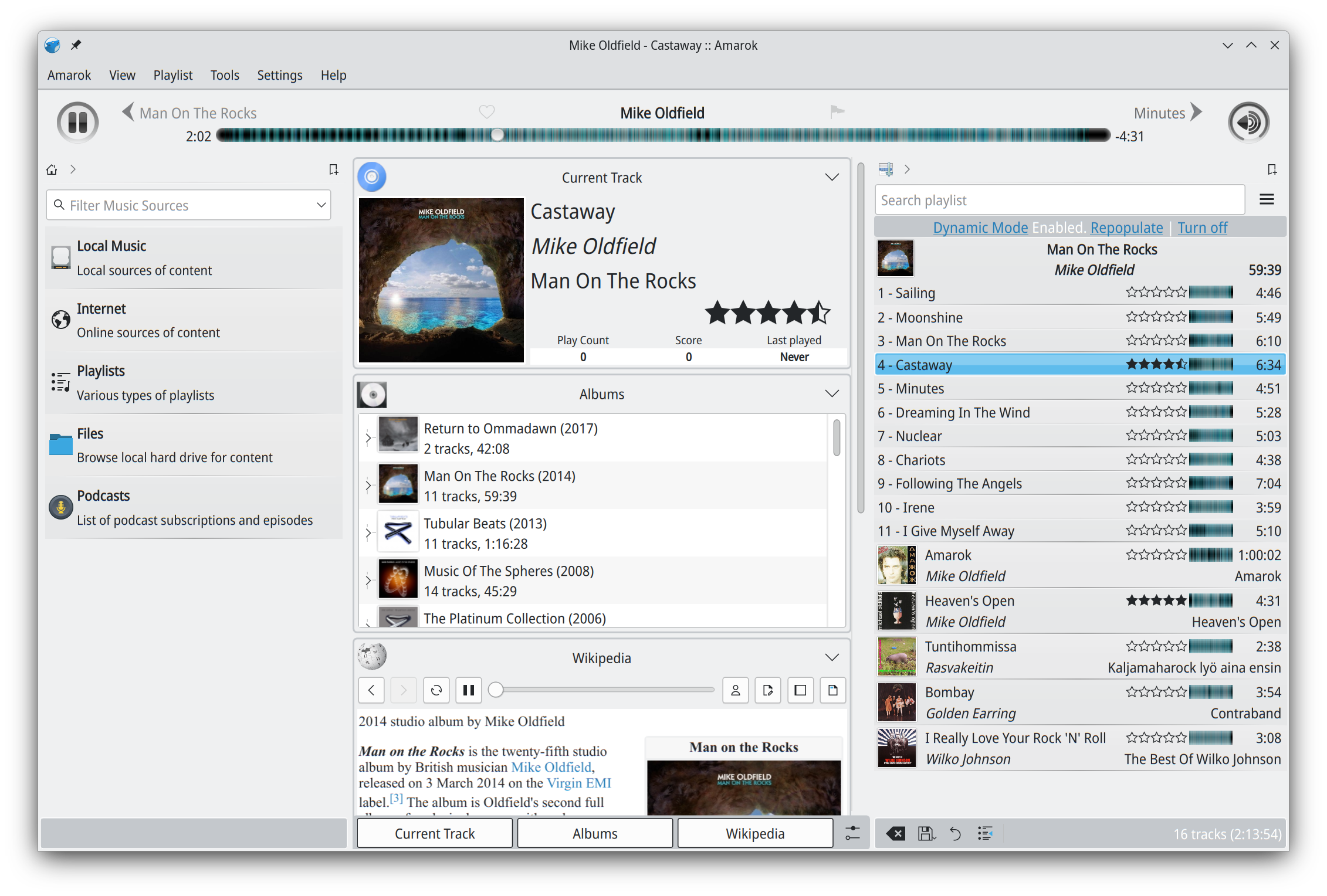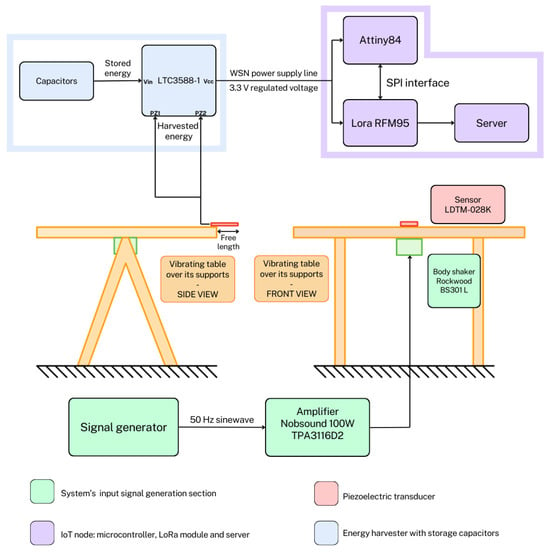
Mozilla commissions CheckFirst to conduct a stress test of Ad Repositories
This report examines the ad transparency tools of 11 of the world’s largest tech companies, looking particularly at their usability for researchers. None of the scrutinised platforms completely achieved our baseline criteria which we developed for this “stress test”.
The need for transparency in online advertising has never been more critical as nefarious use of ads is on the rise (see our Facebook Hustles investigation, AI Forensic paper, EU DisinfoLab, Reset, Stiftung Neue Verantwortung, and Qurium reports) and they can be used for destabilisation attempts. Ad libraries, which are now mandated by the DSA for designated services, should enable researchers and users to understand and analyse who is behind an ad, how and who it targets. Not only did we find that no platform is currently delivering fully adequate tools to achieve these goals, but each and every company presents data in a different format, complicating comparisons across datasets. This is why Check First proposes the adoption of the Standardised Digital Advertising Format (SDAF), a common format for ad data.
The research we conducted revealed a stark reality: the ad transparency tools developed by the major platforms are failing to meet their intended purpose. Let’s face it, our study, Full Disclosure: Stress-testing tech platforms’ ad repositories, paints a bleak picture. A striking example? Only 5 platforms out of the 14 analysed allow users to find their way to the ad library from their main interface. These tools are supposedly designed to help watchdogs monitor ad content across platforms and to enable researchers to monitor a wide range of issues such as election disinformation. These are critical tools for the research community to raise awareness about scams, misleading ads, and ads that may violate election rules or terms and conditions of the platforms like political ads on TikTok. Given the audiences of these major platforms, you can only imagine the damage this can do, especially in this election year when almost half of the world’s population will vote.























/cdn.vox-cdn.com/uploads/chorus_asset/file/25425875/1241888258.jpg)
